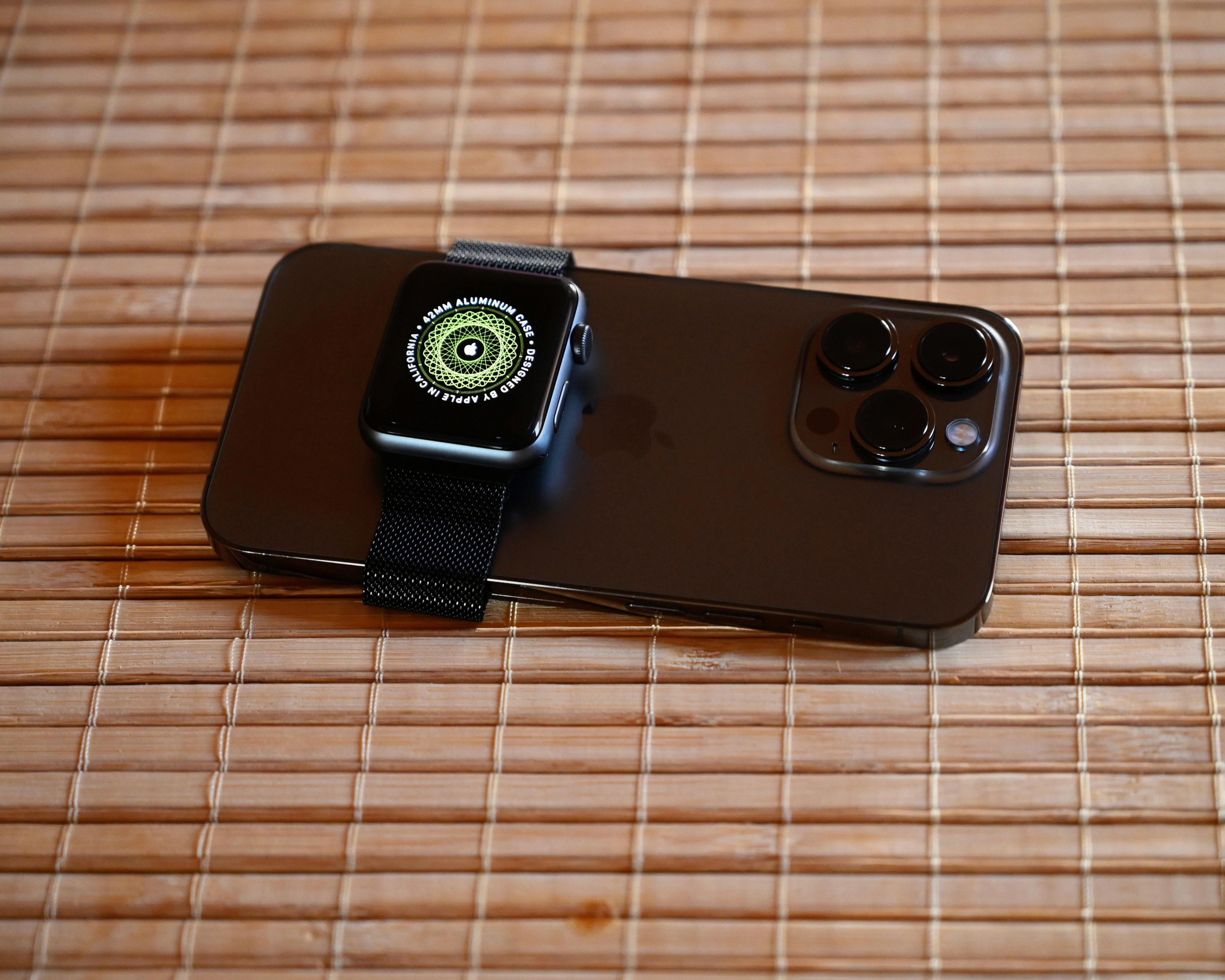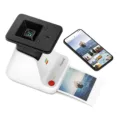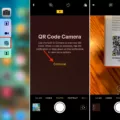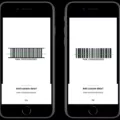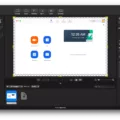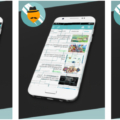In the digital age, QR codes have become increasingly popular for sharing information and accessing content quickly and conveniently. However, there may be times when you encounter issues with scanning QR codes, such as the message “QR Code Detected – No Usable Data Found.” In this article, we will delve into the intricacies of QR codes and explore the possible reasons behind this error message.
First, let’s start with the basics. QR code, short for Quick Response code, is a two-dimensional barcode that can store various types of data, including text, URLs, contact information, and more. It consists of black squares arranged on a white background, often with a square marker in the corners for alignment purposes.
When scanning a QR code, your smartphone or other compatible device uses its camera to capture the code’s image. The scanning app or software then decodes the information embedded within the QR code, allowing you to access the intended content or perform a specific action.
However, if you encounter the message “QR Code Detected – No Usable Data Found,” it means that the QR code you are scanning does not contain any recognizable or usable information. This can happen due to various reasons, including:
1. Formatting issues: QR codes must adhere to specific formatting standards to ensure compatibility across different scanning devices and software. If the code was created using an incorrect format or with errors, it may not be recognized by the scanning app, resulting in the “No Usable Data Found” message.
2. Corrupted or damaged codes: QR codes can become corrupted or damaged during the creation or printing process. This can lead to missing or distorted data, making it impossible for the scanning app to extract any usable information.
3. Poor scanning conditions: QR codes rely on clear and well-lit images for accurate scanning. If the code is poorly printed, placed in a dimly lit environment, or obstructed by reflections or shadows, the scanning app may struggle to read the code correctly, resulting in the error message.
4. Compatibility issues: Not all QR code scanning apps or software support the same data types or formats. If the QR code contains specialized content or uses a less common encoding format, it may not be recognized by the scanning app you are using, leading to the “No Usable Data Found” message.
To troubleshoot and resolve the issue, here are a few steps you can take:
1. Check the QR code format: Ensure that the downloaded QR code follows the correct formatting standards. You can compare it with a known working QR code to identify any potential errors.
2. Test with a compatible scanning app: Try scanning the QR code with a different scanning app or software to determine if the issue lies with the specific app you are using. Some apps may have better compatibility or advanced scanning capabilities.
3. Refresh the screen: If the QR code is not being detected or scanned, refresh the screen or restart the scanning app. Sometimes, a simple refresh can resolve temporary glitches or connectivity issues.
4. Enable QR code scanning: Ensure that the scanning feature is enabled in your device’s settings. If you cannot find the QR code scanning option, your device may not support QR code scanning natively.
5. Upgrade your account: If you are trying to reactivate a specific QR code, it may require an upgraded account or additional permissions. Check if you need to upgrade your account to access the desired content or functionality.
QR codes are powerful tools for quick and efficient information sharing. However, encountering the “QR Code Detected – No Usable Data Found” message can be frustrating. By understanding the potential causes and following the troubleshooting steps outlined in this article, you can overcome scanning issues and make the most out of QR code technology.
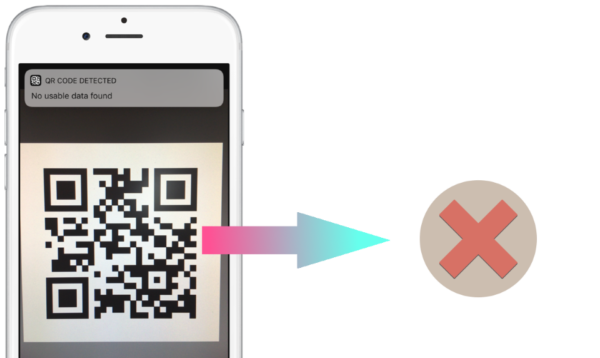
What Does No Usable Data Mean On QR Code?
When you encounter the message “QR Code Detected – No Usable Data Found,” it means that the QR code you have scanned does not contain any information that can be utilized or interpreted by the scanning app.
This message is displayed when the QR code does not contain any meaningful data or is not formatted correctly. It could be due to various reasons, such as:
1. Empty QR code: In some cases, a QR code may be empty, meaning it does not contain any encoded information. This can occur if the QR code generator failed to generate the appropriate data.
2. Incorrect formatting: QR codes must adhere to specific formatting guidelines to be read correctly. If the QR code is not formatted properly, the scanning app may not be able to interpret its contents, resulting in the “No Usable Data Found” error.
3. Damaged or corrupted code: If the QR code is damaged, scratched, or poorly printed, it may not be scannable, leading to the inability to extract usable data from it.
4. Unsupported content: Some QR codes may contain data that is not supported by the scanning app. For example, if the QR code contains encrypted or proprietary information that the app cannot decipher, it may show the “No Usable Data Found” message.
When you encounter the “QR Code Detected – No Usable Data Found” message, it indicates that the scanned QR code does not contain any interpretable information or is not formatted correctly. It is important to ensure that you are using a reliable and compatible QR code scanning app to properly read and interpret QR codes.
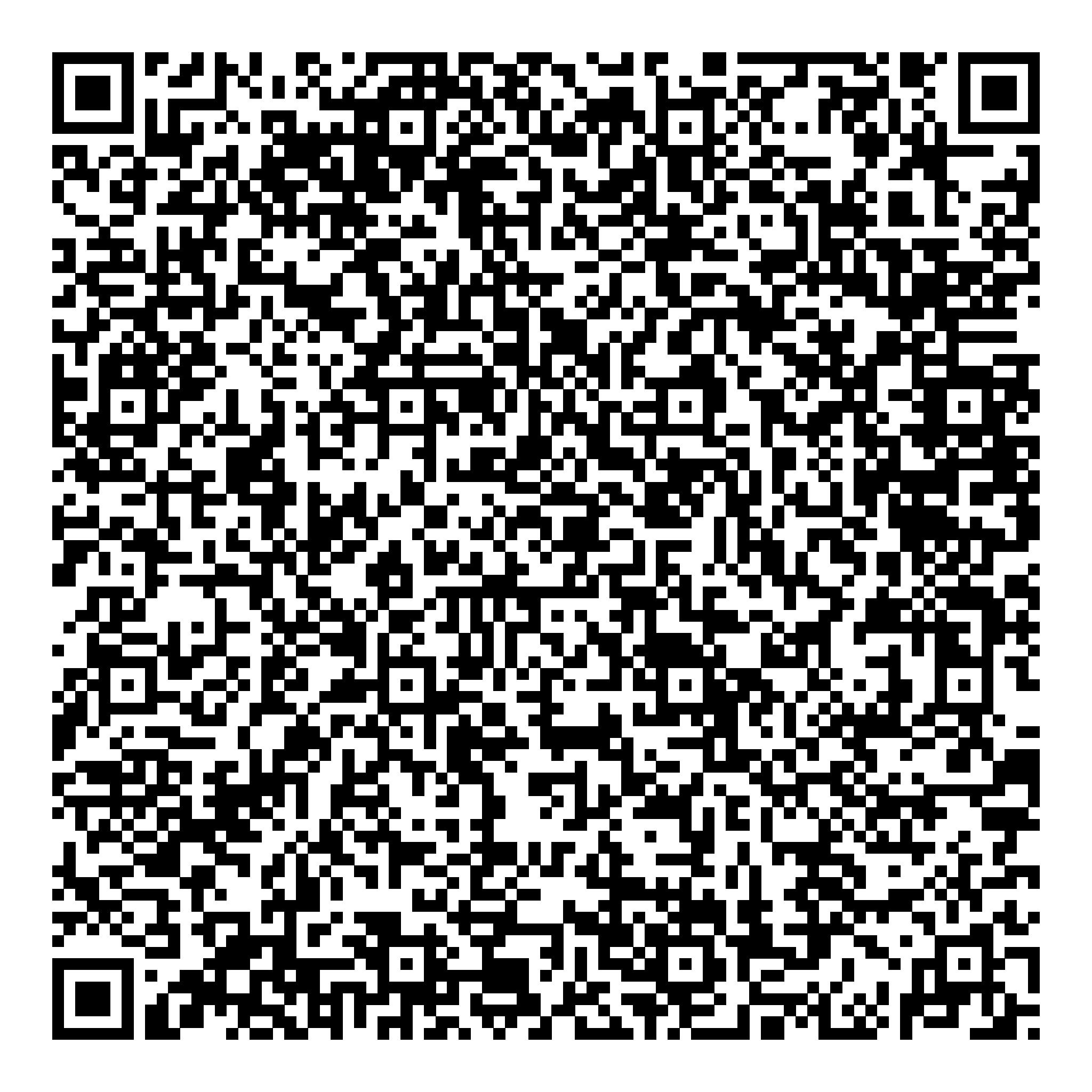
Why Isn’t Your QR Code Not Working?
There could be several reasons why your QR code is not working. Here are a few possible explanations:
1. Format issues: Ensure that the QR code you downloaded is in the correct format (e.g., PNG, JPEG) and that it is not corrupted during the download process. Check the file extension and try opening it with a compatible image viewer.
2. Printing or display problems: If you are printing the QR code, make sure it is clear and not distorted. Check for any smudging, blurring, or other printing errors that could affect its scannability. If you are displaying the QR code digitally, ensure that it is not pixelated or too small to be scanned properly.
3. Content errors: Double-check the content encoded in the QR code. Make sure it contains the correct URL, text, or other information you intended to include. Even a small typo or incorrect data can render the QR code useless.
4. Compatibility issues: Test the QR code using a reliable QR code reader app on a compatible smartphone. Some QR codes may require specific reader apps based on the content or encoding used. Ensure that the QR code is readable by the app you are using.
5. Refresh the screen: If you are trying to scan a QR code displayed on a screen, try refreshing the screen to ensure that any temporary display glitches are resolved. Sometimes, a simple refresh can make the QR code scannable.
If none of these solutions help, it might be worth recreating the QR code using a different QR code generator tool to ensure that there are no issues with the specific generator you initially used.
Why Isn’t Your Phone Letting You Scan QR Code?
There could be several reasons why your phone is not allowing you to scan QR codes. Here are some possible explanations:
1. Incompatible device: Not all smartphones have built-in QR code scanning capabilities. Some older or budget devices may not have this feature. In such cases, you will need to install a dedicated QR code scanning app from the app store.
2. Disabled scanning feature: It’s possible that the QR code scanning feature on your phone is disabled. To check if this is the case, go to your phone’s Settings app and look for the QR code scanning option. If you find it, make sure it is enabled.
3. Outdated software: If your phone’s operating system is outdated, it may not support QR code scanning. Check for any available software updates and install them if necessary.
4. Camera or hardware issues: Sometimes, problems with your phone’s camera or hardware can prevent QR code scanning from working correctly. Ensure that your camera is functioning properly and there are no physical obstructions or damage.
5. App permission settings: Certain apps may require permission to access your camera in order to enable QR code scanning. Make sure that the relevant app (such as a camera or QR code scanning app) has the necessary permissions enabled in your phone’s settings.
6. Poor lighting conditions: QR code scanning relies on good lighting conditions to capture and interpret the code. If you are trying to scan a QR code in low light or overly bright environments, it may not work properly. Try adjusting the lighting conditions or using a flashlight if needed.
In case none of these solutions work, it may be helpful to consult your phone’s user manual or contact the manufacturer’s customer support for further assistance.
How Do You Make Your QR Code Active Again?
To reactivate a QR Code, you will need to upgrade the account that was used to create it. Here are the steps to follow:
1. Log in to the account where the QR Code was originally created. If you don’t have the login details, try to recover them using the account recovery options provided by the service.
2. Once logged in, navigate to the QR Code management section or dashboard. This is usually where you can view and manage all the QR Codes associated with your account.
3. Look for the inactive QR Code that you want to reactivate. It might be labeled as “inactive,” “expired,” or “disabled.”
4. Select the QR Code and check if there is an option to reactivate it. This option is typically found in the QR Code details or settings.
5. If there is no explicit option to reactivate the QR Code, it means you need to upgrade your account. Look for a “Upgrade” or “Upgrade Account” link/button on the page.
6. Click on the upgrade link/button, which will usually redirect you to a pricing or subscription page.
7. Choose the appropriate subscription plan that suits your needs. It may include options for monthly, yearly, or one-time payments.
8. Complete the payment process by providing the necessary billing information. Follow the instructions provided by the service to finalize the upgrade.
9. Once the upgrade is confirmed, your account should be updated, and the QR Code should become active again.
10. Go back to the QR Code management section or dashboard, and you should now see the reactivated QR Code listed as active.
Remember, the specific steps and options may vary depending on the service or platform you are using to create and manage QR Codes. Always refer to the official documentation or support resources provided by the service for detailed instructions.
Conclusion
QR Codes are versatile and powerful tools that have revolutionized the way we access information and interact with various platforms. They provide a convenient and efficient way to transfer data, allowing users to easily access websites, download apps, make payments, and much more, simply by scanning the code with a compatible smartphone app.
QR Codes offer a seamless and contactless experience, making them particularly useful in today’s digital age, where convenience and speed are paramount. They have become increasingly popular in various industries, including marketing, retail, transportation, and entertainment, due to their ability to bridge the gap between the physical and digital worlds.
However, it is important to note that the successful scanning of QR Codes is dependent on several factors. Users must ensure they have a compatible smartphone QR Code reader/app installed and that their device’s settings allow for QR Code scanning. Additionally, the format and quality of the QR Code itself can impact its scannability.
QR Codes have proven to be a valuable tool for businesses and individuals alike, offering a seamless way to access information and enhance user experiences. As technology continues to advance, we can expect QR Codes to evolve and become even more integrated into our everyday lives.


